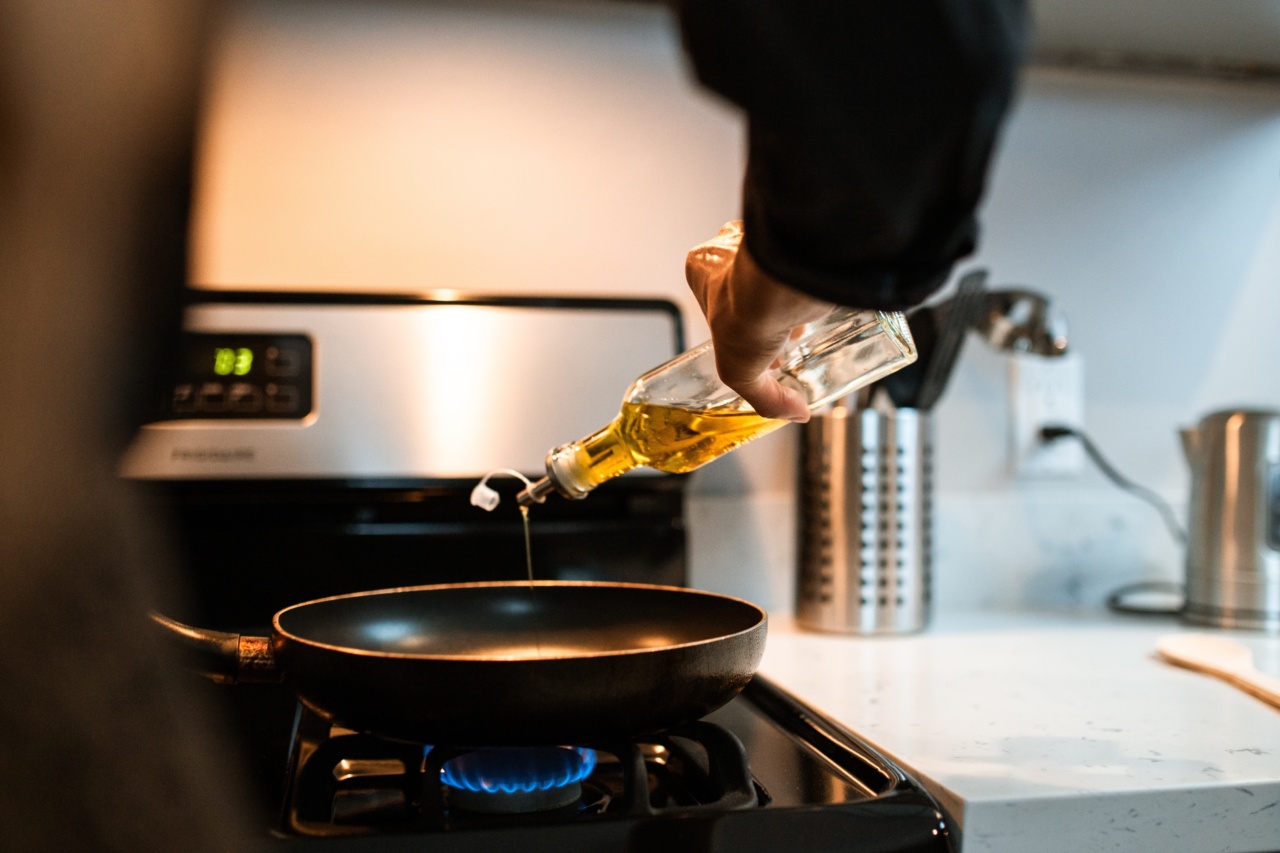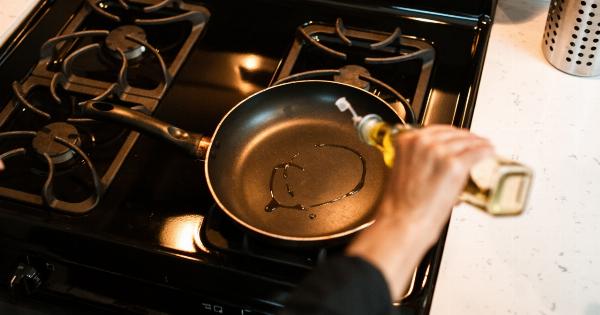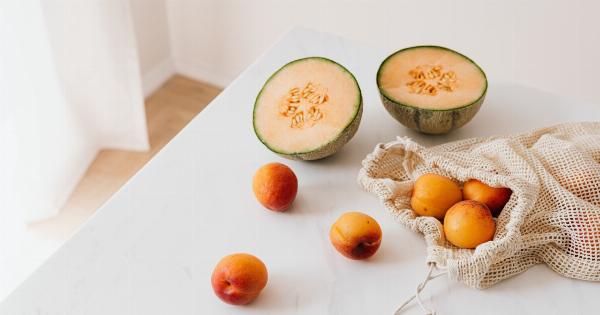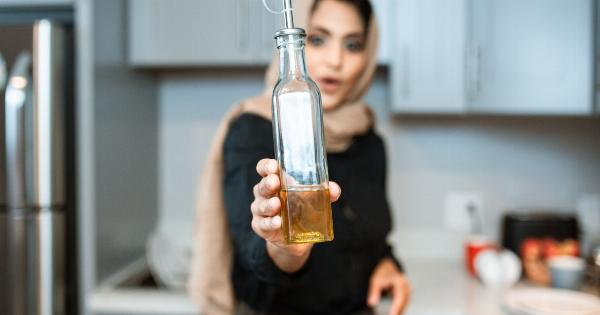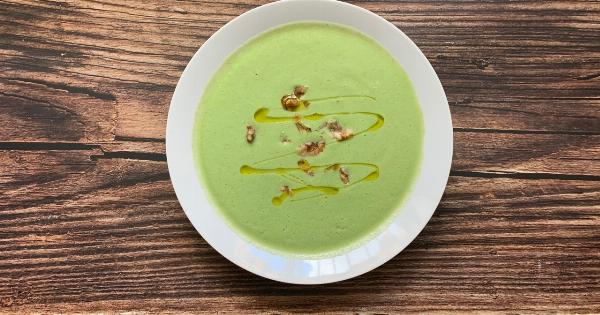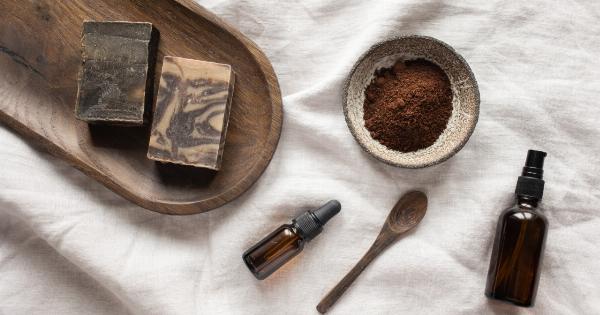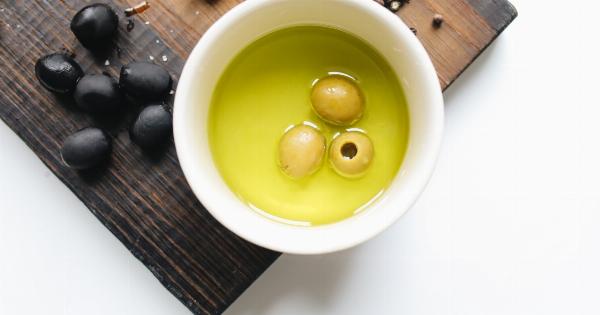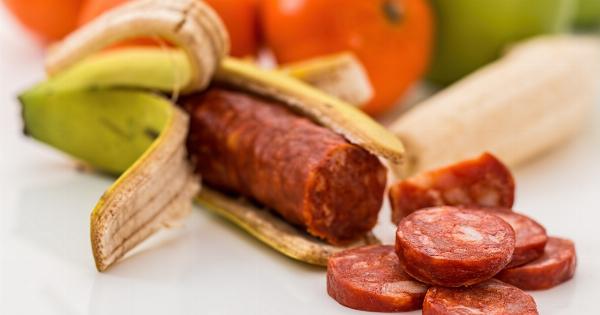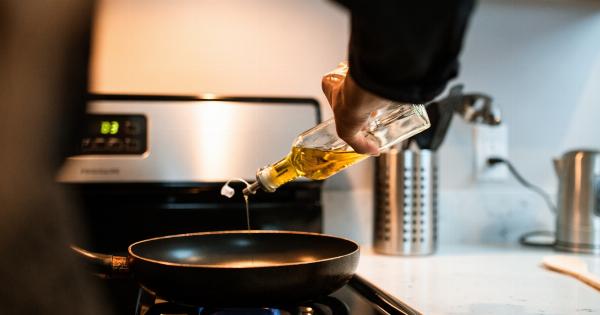Olive oil is one of the most widely used cooking oils and is renowned for its health benefits. It is extracted from the fruit of the olive tree through a process known as pressing.
However, not all olive oils are created equal, and the quality can vary significantly. Good olive oil should possess certain qualities that make it superior in terms of taste, aroma, and nutritional value. In this article, we will explore the essential qualities that define a good olive oil.
1. Extra Virgin Olive Oil
The first and most critical quality that good olive oil should possess is being “extra virgin.” Extra virgin olive oil is the highest grade of olive oil, obtained solely through mechanical means without the use of any solvents or excessive heat. It retains the natural flavors and aromas of the olives, making it the most desirable and flavorful option.
2. Cold-Pressed
Another crucial quality of good olive oil is being “cold-pressed.” Cold-pressed olive oil is extracted at a temperature below 27°C (80°F), which ensures that the oil retains its rich flavor and nutritional content.
The cold-pressed process helps preserve the beneficial antioxidants and healthy fats present in the olives.
3. Source and Origin
The source and origin of the olives used to produce the olive oil can significantly impact its quality. The best olive oils often come from regions with a long history of olive cultivation, such as the Mediterranean.
These regions have the ideal climate and conditions for growing high-quality olives, which translates into superior olive oil.
4. Freshness
Freshness is an essential quality of good olive oil. The fresher the olive oil, the better it tastes and smells. Olive oil is at its best within the first year of production, and it should be consumed within two years of the harvest date.
Look for olive oils labeled with a specific harvest date to ensure you’re purchasing a fresh product.
5. Color
While color does not necessarily indicate quality, it can provide some insight into the flavor profile of the olive oil.
Extra virgin olive oil can range from vibrant green to golden yellow, depending on the variety of olives used and the stage of ripeness at the time of harvest. A deep green color often indicates a robust and intense flavor, whereas a golden yellow color signifies a milder taste.
6. Aroma
Good olive oil should have an appealing and distinct aroma. When you open a bottle of high-quality olive oil, you should be greeted with the fresh smells of grass, herbs, or even some fruitiness.
The aroma is a result of the various compounds, such as phenols and terpenes, present in the olives, which contribute to the flavor complexity of the oil.
7. Taste
One of the most crucial qualities of good olive oil is its taste. It should have a well-balanced, harmonious flavor with no overpowering bitterness or rancidity.
Good olive oil often exhibits a range of flavors, including fruity, grassy, peppery, or nutty notes. The intensity and complexity of the taste may vary depending on factors such as olive variety, ripeness, and the presence of other ingredients.
8. Acidity Level
An essential factor to consider when assessing olive oil quality is its acidity level. Acidity refers to the percentage of free fatty acids present in the oil. Extra virgin olive oil must have an acidity level of 0.8% or lower.
The lower the acidity, the better the oil quality. Low acidity is an indicator of a well-processed and carefully handled product.
9. Packaging
The packaging of olive oil plays a crucial role in preserving its quality. Light and oxygen can negatively affect the taste and nutritional properties of olive oil over time.
Good olive oil is often packaged in dark glass bottles to protect it from light damage, and it may also feature airtight seals or caps to minimize oxygen exposure.
10. Quality Certifications
Reputable olive oil producers often submit their products to quality certifications and standards.
Look for certifications such as PDO (Protected Designation of Origin) or PGI (Protected Geographical Indication), which guarantee that the olive oil has been produced following specific standards and originates from a specific region. These certifications provide consumers with confidence in the quality and authenticity of the olive oil they are purchasing.
Conclusion
In conclusion, good olive oil should possess exceptional qualities that set it apart from lower-grade alternatives.
Look for extra virgin, cold-pressed olive oil from reputable sources with a focus on freshness, color, aroma, taste, acidity level, packaging, and certifications. By selecting olive oil with these qualities, you can ensure a superior culinary experience while reaping the numerous health benefits associated with this liquid gold.
